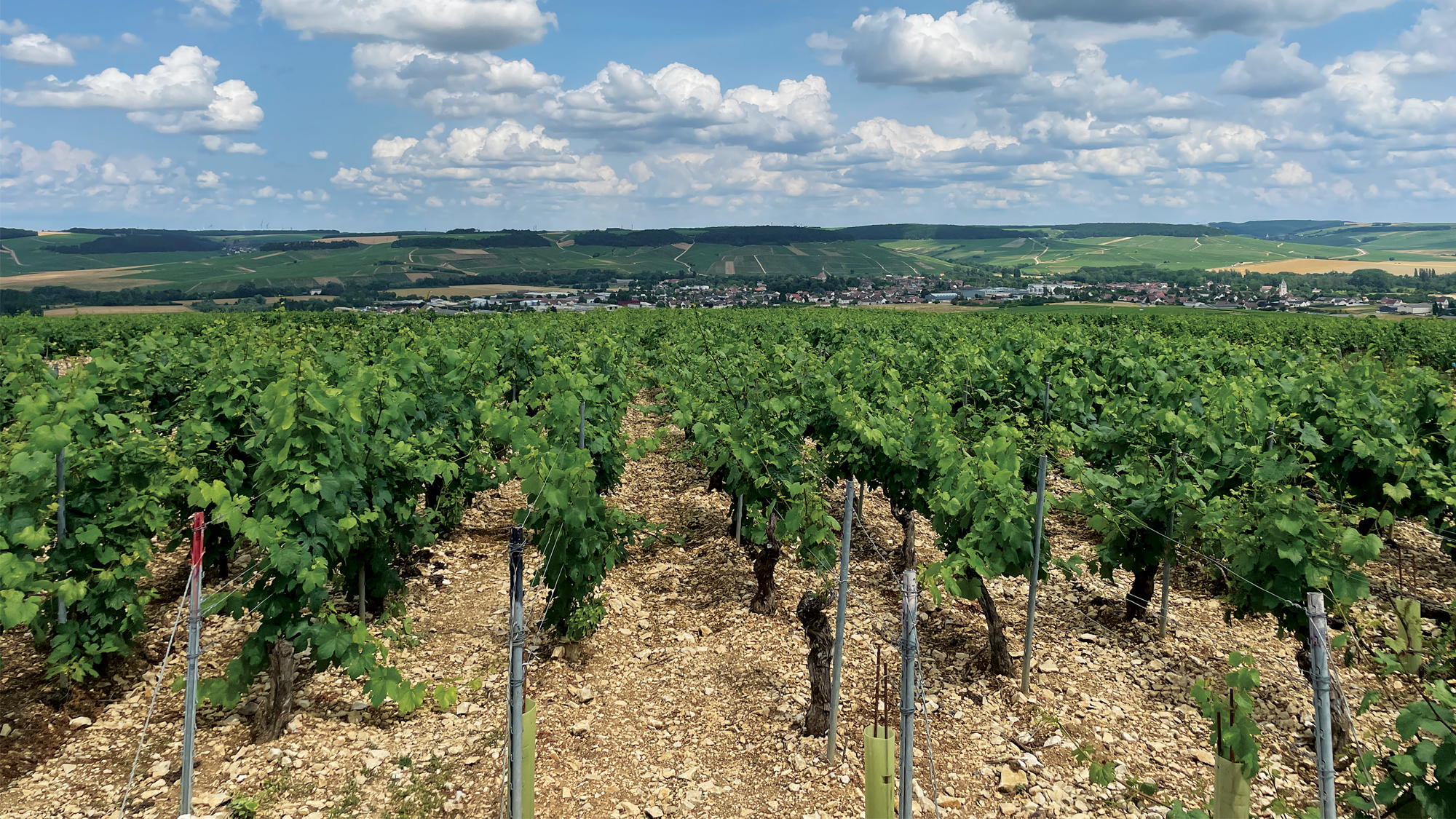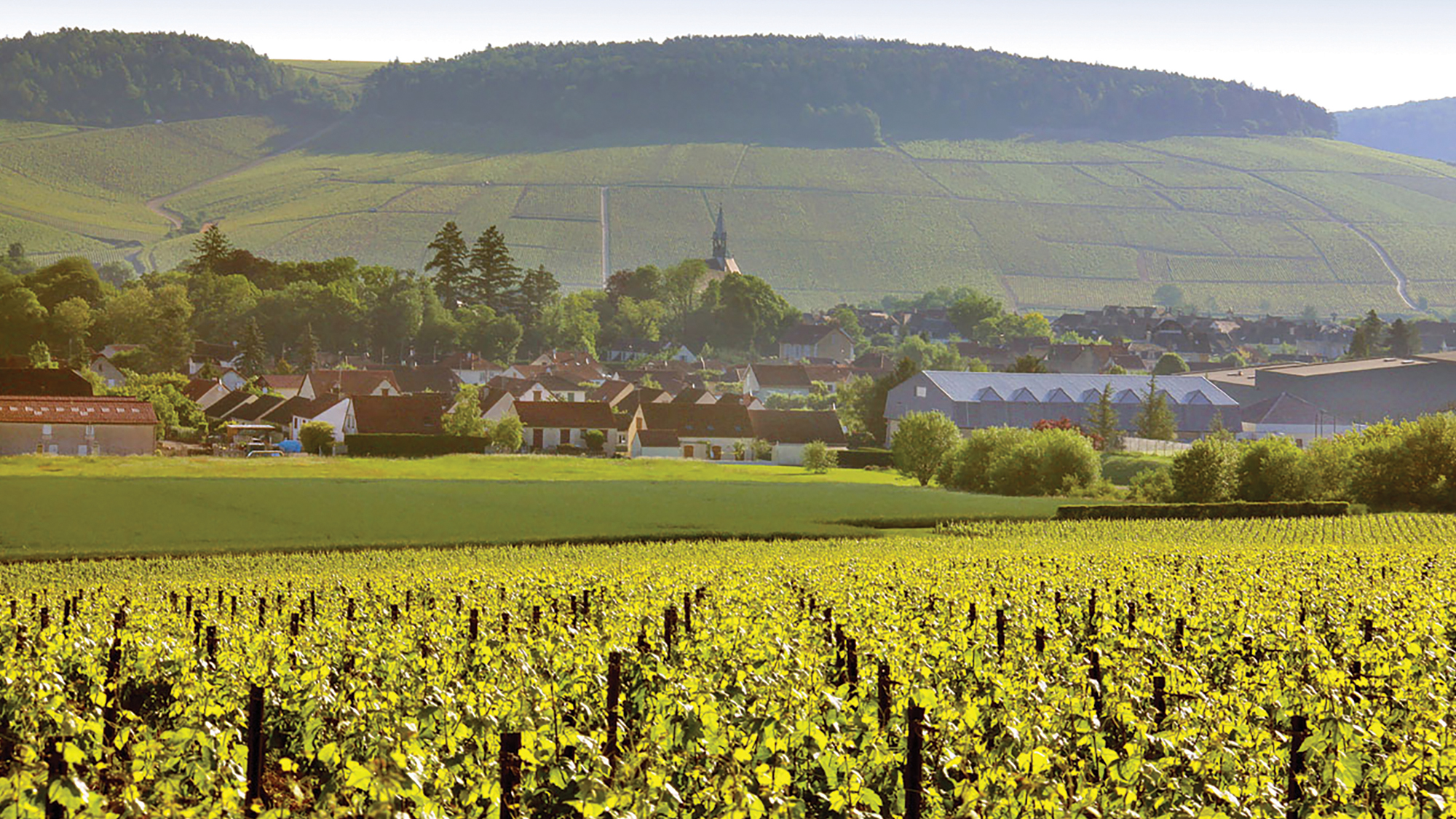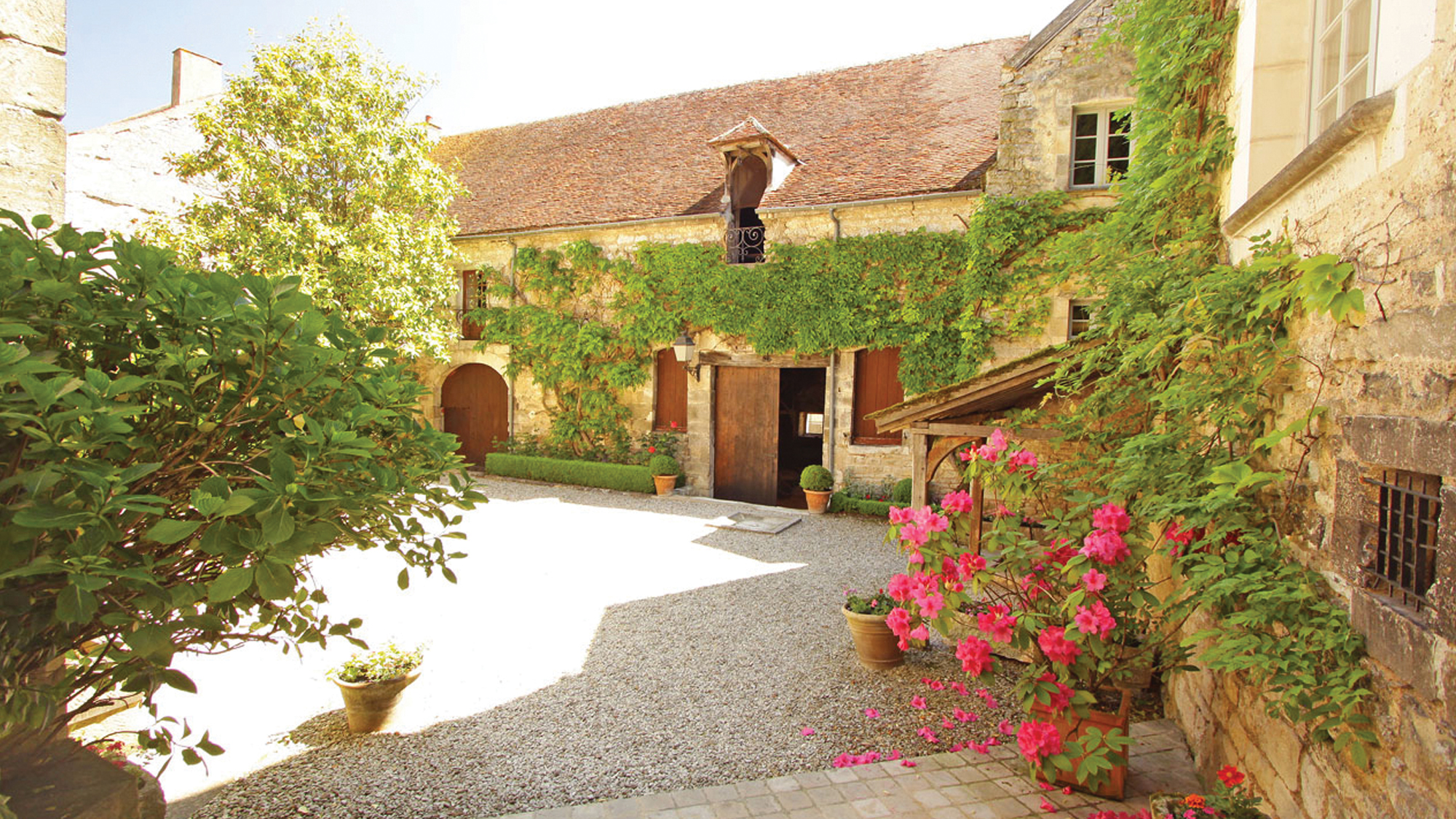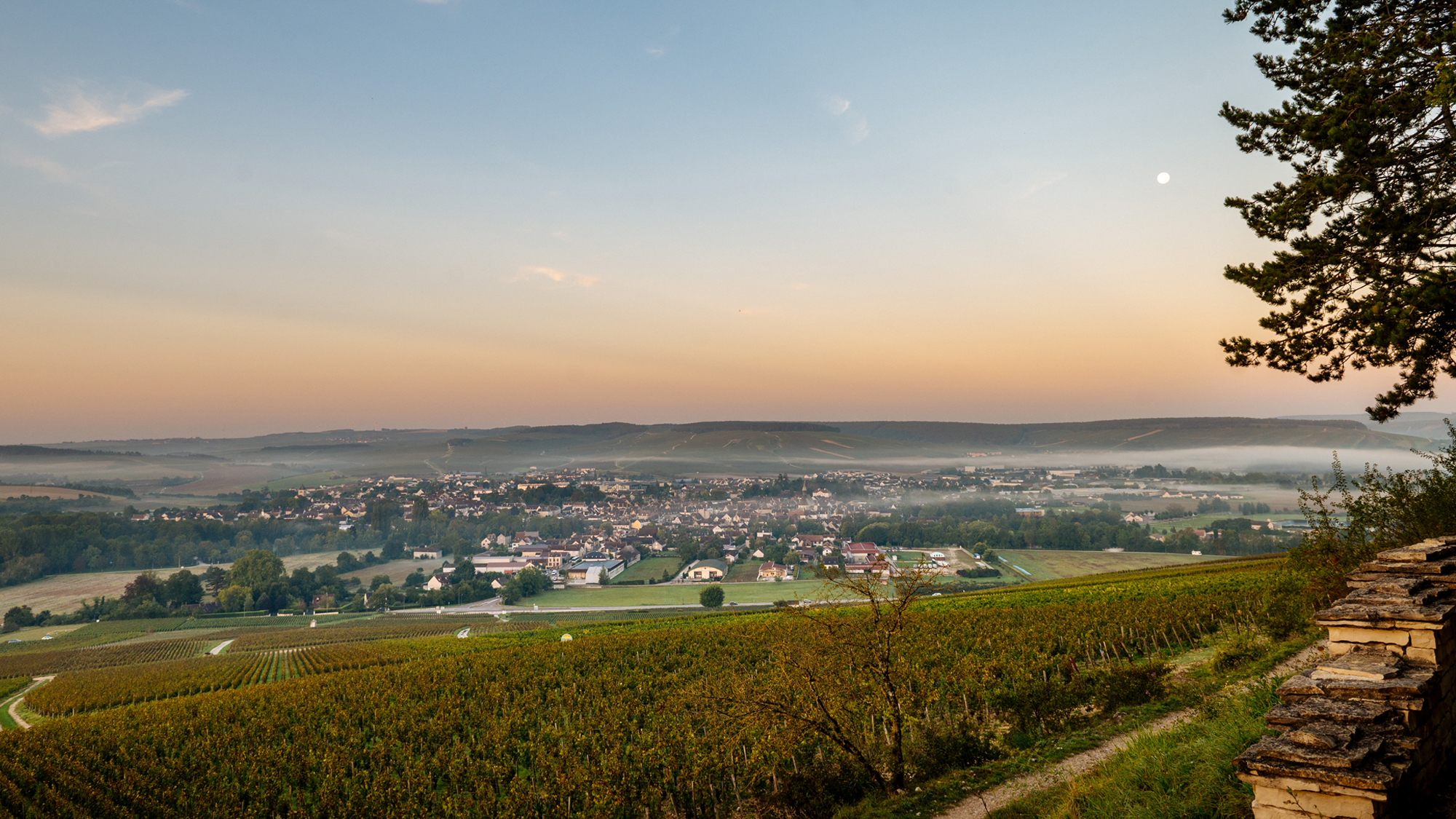Domaine Laroche
Bourgogne, France





Founded in 1850, Domaine Laroche is one of the most respected and largest owners of premier and grand cru vineyards in Chablis, and has led movements to raise the quality of the appellation with the creation of a charter of excellence for the grand cru producers. Today, Domaine Laroche still produces and ages its premiers and grands crus in the historical cellars of its headquarters, the Obédiencerie.
Winery Story14 Results
Chablis
Chablis Saint Martin
Chablis
Chablis Vieille Voye
Chablis
Chablis Premier Cru Les Vaudevey
Chablis
Chablis Premier Cru Les Beauroys
Chablis
Chablis Premier Cru Côte de Lechet
Chablis
Chablis Premier Cru Les Vaillons Vieilles Vignes
Chablis
Chablis Premier Cru Les Montmains
Chablis
Chablis Premier Cru Les Butteaux
Chablis
Chablis Premier Cru Les Fourchaumes Vieilles Vignes
Chablis
Chablis Premier Cru L’Homme Mort
Chablis
Chablis Grand Cru Les Bouguerots
Chablis
Chablis Grand Cru Les Clos
Chablis
Chablis Grand Cru Les Blanchots
Chablis
Chablis Grand Cru Les Blanchots "La Réserve de l’Obédience"















